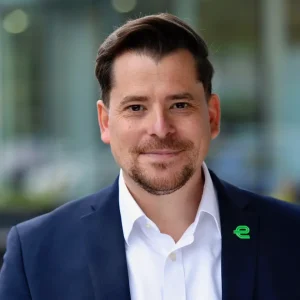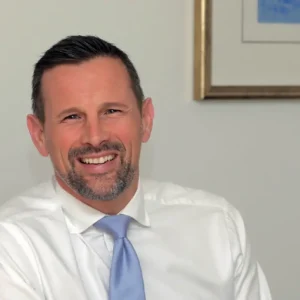Fleet consultancy firm TR Fleet’s main market is to pick up the business leasing companies see as too small to be worth dealing with.
The firm, run by prominent ACFO member and former fleet manager Julie Boyd, says it wants to “revolutionise current fleet practices through the provision of innovative solutions, driving better business decisions”, which involves the entire fleet process but specifically focusing on the safety elements through its in-house-developed Drive Secure risk management system.
Based near Coventry, TR Fleet began trading just over two years ago, and is now up to seven members of staff with another three imminent. One recent appointment was commercial director Jo Ewen, who was previously sales and client services director for fleet management firm FMG Support. “I needed a management team to show that the business is investment-ready and not reliant on me,” Boyd tells BusinessCar. “Bringing in someone of Jo’s calibre was essential from an investment point of view.”
That investment has duly arrived (see ‘Going for Goldman Sachs’, below), and Boyd has ambitious growth plans. Boyd and Ewen say they are already looking at the possibility of growing through acquisition with the help of investment partner Midven, and Boyd admits they have already looked at one possible acquisition target.
Boyd describes TR?Fleet’s operation as looking at “the whole supply chain to identify if we can save money, then we produce the savings and hopefully we’re engaged,” she explains.
One key element is offering salary sacrifice schemes to smaller businesses. “You have got to have a minimum of 1000 employees before a leasing company will talk to you, so we wondered what happens to the ones below that,” continues Boyd. “We offer a unique multi-bid salary sacrifice. We will get a lead from a leasing or salary sacrifice company and we go back to the introducer for a quote – as far as the leasing provider goes, it’s contract hire.”
TR Fleet will, according to Boyd, support the employer in launching a salary sacrifice scheme, plus deal with payroll, registration, risk management, insurance and the contingency fund for early terminations. “We’re filling a gap in the professional market – people like doctors and dentists couldn’t have salary sacrifice, but they can now because we’ve designed a product around a gap in the market. “These people are off the leasing company’s radar, which is where we differ – we don’t turn business away and we can operate in smaller circles.
“And we don’t ask questions in the prospecting process of how many company cars you have. The lead question is how many employees do you have because we’re coming from an HR perspective rather than a sales perspective,” Boyd declares.
Along with salary sacrifice, it’s the in-house developed Drive Secure risk management system that Boyd views as having the biggest potential. Several leasing companies have already enquired about white-label use of the system, she claims, but the firm also has big plans for its electronic system that’s designed to automate the process of keeping drivers safe. From eye tests to document uploads, tyre tread and pressure input and driver training, the system requires minimal driver input and can cater for company lease car drivers, grey fleet, salary sacrifice and occasional users. “It’s a risk management portal and the system was developed to recommend and act to help solve problems rather than highlight them,” says Ewen.
One example surrounds eye tests. If a driver clicks to say their eye test is outstanding, a voucher for a free test at Specsavers is automatically issued, and when the voucher is used the system is updated to show that the driver is no longer overdue a check.
Driver training is similarly devised. “Typically in the industry we do it over three months and then the driver’s behaviour improves but drops off rapidly,” says Boyd. “We drip-feed over three years and companies can prioritise based on their needs.”
But the big thing from Boyd’s perspective is that the entire Drive Secure system is built into the fleet management agreement, so for three- or four-year leases the risk management obligation is rolled in. “I’m passionate about ensuring fleets have a long-term commitment that’s not led by budget constraints so they have a safer fleet for the next three or four years,” she says. “Drive Secure is appropriate to any size of the market, including smaller companies that don’t understand their responsibilities.”
Ewen agrees: “Even if you’ve only got 10 vehicles it’s still someone’s problem, someone’s headache.
“It’s simple – it’s about understanding the audience and what will help them be safer, and what will help the fleet manager show they are safer.”
“It’s about going back to basics. I can’t believe that as an industry even the fleet management companies are not engaging with things like making sure tyres are roadworthy and that the driver can see,” declares Boyd, explaining that she is finding the HR department is the first on board as they understand the risk management requirements on a business.
“I’d like to think that we feed a bit of the market that no one caters for. I couldn’t find it,” Boyd concludes. “The fleet manager has changed and suppliers need to understand that.”





